Though most top management executives understand that people are central to the organisation’s success, they often have a hard time buying the people-focused initiatives that their HR leaders try to sell.
The reason for this is simple: business leaders think more in concrete terms of profits and losses than the intangible concepts of workplace happiness and employee satisfaction.
Yet, the reality is that well-crafted HR initiatives play a crucial role in enabling business success. Consider for an instant what would happen if an organisation failed to recruit and retain top talent, plan its leadership succession, align its culture, manage its employee performance and train its people.
All these efforts are what it takes to keep an organisation running effectively long enough to make healthy profits.
Therefore, since HR initiatives are vital and yet most top management executives consider them an administrative afterthought with little or no direct impact on the business itself, how can HR executives better present their initiatives to get the attention and buy-in of top management?
The answer is: HR needs to learn to speak the language of leadership— the language of business. They need to back their position with a compelling business case.
Here’s how HR leaders can do it:
Recommended Post: 4 Resume Lies a Background Check will Reveal
6 Tips for Presenting HR Initiatives to Top Management
1. Think like a business owner
When most HR executives think about employee satisfaction, business owners think about return on investment.
The minds of business leaders are always focused on how to max out on their investment. Therefore, HR must screen every initiative it develops with the lens of a business owner. HR must always think in terms of profit and losses.
2. Align HR initiatives to business goals
Businesses are either built for profit or purpose. And so, for an HR initiative to sell, it must be linked directly to the company’s business goals.
For instance, if you want to sell an employee recognition scheme, don’t talk about the need for increasing morale or happiness. Instead, tell them how unappreciated employees translate to the high cost of turnover and loss of business productivity.
3. Be expense conscious
Because every HR project proposal carries a cost implication, it is prudent to analyse and communicate how that expense will eventually translate to profit for the business.
Your presentation MUST communicate what the business stands to lose by not implementing the initiative, the cost of implementation, and how you will offset that cost. Be sure also to communicate the time commitment.
A rule of thumb is to continuously reiterate why investing both time and money in the HR project is a good business decision.
4. Do research
The deeper your research, the more profound your insights will be. Good research always pays. So, dig deep to find out your company’s top priorities, and align your initiative to them.
Sample the opinions of other executives in your company and HR colleagues in similar industries for their input.
Go above and beyond to find quality answers to the following questions:
- What obstacles may be in the way of the initiative?
- Have projects like this been tried before? Did they work? Why or why not?
Do everything to ensure that top management has no reason to rate the initiative as a dead-end.
5. Go straight to the point
Keep things short and straightforward. Time is money for busy business leaders. No one wants to waste time talking about how to spend more.
The problem, solution and a few supportive bullet points making your case are generally all you need. Don’t overwhelm them with data; inform them with analysis.
6. Do detailed audience analysis
One of the first laws of public speaking is to know your audience. This law is most applicable when you speak to your top management.
Take the time to learn the personalities and communication styles of the people sitting in on your presentation. Some leaders love a good conversation and plenty of details, while others want facts. Target your presentation accordingly.
Summing it up,
The reality is that every fiscal year, most CEOs and top executives will set business goals in areas such as earnings per share, sales, improved customer care, market share, cash flow, new product introductions, etc.
Only HR projects that support and enhance the business’ ability to achieve these objectives will be considered.
Therefore, if you can clearly and directly link your HR initiatives to your company’s goals, you will have a good shot at success. And in the process, you’ll establish yourself as a true strategic partner of the business.






